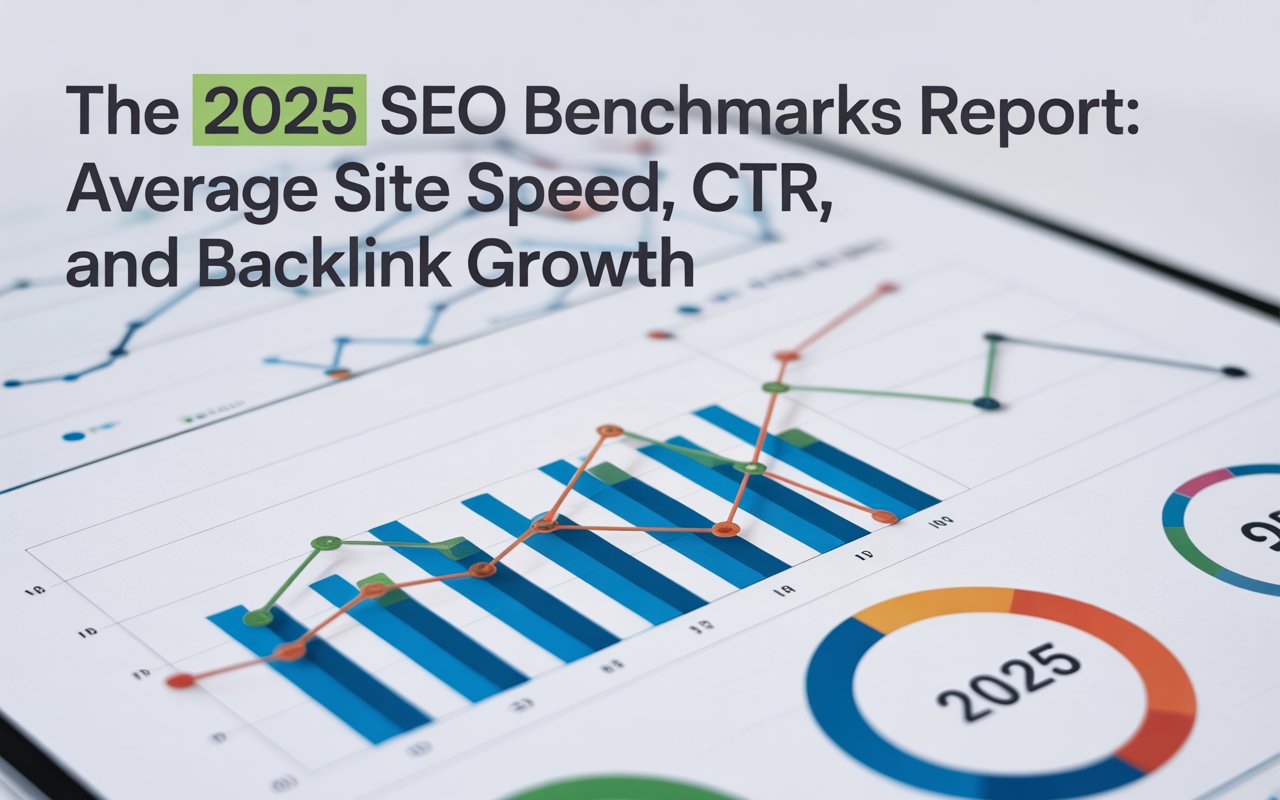
To achieve your SEO goals successfully, it’s crucial to answer the question: how often does Google crawl a site?
So, let's solve the puzzle of how Google crawls and indexes websites.
What is Googlebot and How Does It Work?
In the simplest term, Googlebot is Google's web crawling robot, often referred to as a spider, which roams around the world wide web collecting web pages to add to Google's searchable index.
This spider (Googlebot) uses links to jump from one web page to another, much like how we humans might manually click on a hyperlink to move to another page.
What is Crawling and How Does It Work?
Crawling is the process performed by Googlebot (or any other search engine spider) to inspect new updates and modifications on your website.
The purpose of this process is to update the search engine's index and serve the latest information to users. Think of it as a librarian checking for new books to add to the digital library.
Understanding the Frequency of Google Crawling
The frequency of Google's crawls is not random but rather based on various influencing factors.
There isn't an exact timetable that Google follows when deciding when to crawl a website. It doesn't work on a strict schedule and instead relies on an algorithm to determine the best time and frequency for crawling a website.
However, it has been observed that Google typically visits websites every few days or weeks, depending on several conditions.
On average, Google might crawl a popular site multiple times per day. Simultaneously, a less active or less significant site might see a visit from Googlebot only once every couple of weeks or months.
Not all websites are created equal in the eyes of Googlebot. Just as the human brain prioritizes certain thoughts and tasks, Googlebot uses a priority system to determine the crawling frequency of different websites. It scans the internet, interacting more with sites that frequently update relevant and high-quality content and those with a higher PageRank.
Do you think this seems biased towards larger, high-traffic websites? Don't worry! Google still scours through smaller low-traffic websites in its hunt for valuable content.
So, it's less of a clear-cut rule and more of a spectrum that adjusts according to several variables, which we're about to explore.

https://icons8.com/illustrations/illustration/clip-1393
5 Factors That Influence the Frequency of Google Crawling
High traffic websites usually receive more frequent visits from Googlebot due to their apparent significance and popularity among users. Larger websites with more web pages also tend to get crawled more frequently. However, not all pages will necessarily receive the same level of attention from Googlebot.
The mechanism behind Google crawling might seem like a one-way street. But it's truly a two-lane traffic flow. Yes, Google decides when and how frequently it crawls a site, but your site also plays a significant role!
1. Site Speed

In the fast-paced online world, site speed plays a pivotal role. The quicker your site loads, the faster Googlebot can crawl and index it.
Suppose your website is slow to load. In that case, Googlebot will spend more time on each page, which might lead to it crawling fewer pages in the same amount of time.
Google aims to provide the best user experience, which includes fast loading times. A slow website will not just impact the user experience negatively, but it can also affect your crawl rate and ranking. So, keep an eye on your site speed!
You can keep an eye on your site speed with SEOmator’s Free Website Speed Test Tool. Also, Google PageSpeed Insights provides recommendations for optimization and comparisons to other sites.
2. Having a Sitemap
A sitemap is akin to the table of contents to your website, outlining its structure. It guides Googlebot, helping it understand your website's layout, including where pages are and how they interlink.
Submitting a sitemap to Google via the Google Search Console is an SEO best practice. It allows Google to effortlessly and quickly locate your content. If your site does not have a sitemap, crawlers will still visit. However, having a sitemap allows you to influence the frequency of these visits by making it easier for Googlebot to find all your website's pages.
🔎Read our blog post: How to Find the Sitemap of a Website [8 Ways]
3. Site’s Structure

The way your website is structured plays a crucial role in Google's crawling process. A well-structured, logically organized site with a good internal linking structure facilitates easier indexing. It affects the crawl efficiency—the time it takes Googlebot to crawl and understand your website.
Sites arranged in a clear hierarchical manner with properly categorized pages are easier for Googlebot to crawl. It means Googlebot will be more likely to stop by frequently.
To improve your site structure ensure your pages are no more than three clicks away from the homepage, utilize both horizontal and vertical internal linking, which means link building, effectively and avoid broken links and ensure all pages are accessible.
Link building, both internal and external, is a crucial factor that influences Google crawls.
🔎Read our blog post: Quick Ways to Find Who Links to Your Site or Any Site
4. Crawl Budget
Crawl budget is the number of URLs Googlebot can and wishes to crawl. It's a combination of two factors: crawl limit (maximum fetches over a group of time on your site that Googlebot can perform without degrading user experience) and crawl demand (the want for Googlebot to crawl URLs according to their popularity and how often they update).
A higher crawl budget doesn't necessarily mean your site will be crawled more frequently, especially if your site is small. Generally, most small websites don't even come close to their crawl limit. However, for larger websites, optimizing crawl budgets could increase the frequency of Google's crawling.
Techniques like blocking irrelevant pages with robots.txt, reducing redirects, and fixing broken links can result in efficient usage of your crawl budget and potential increased visits from Googlebot.
🔎Try SEOmator’s Robots.txt Tester
5. New Content
If your website is regularly updated with fresh content, Googlebot will likely visit it more frequently. Think of it as a magnet pulling the Googlebot in when new content is pumped into your site.
When new content is created and added to your website, it sends out signals to the search engines that there's something new to be indexed. The Googlebot, being the diligent crawler it is, will drop by to scan your fresh content and update the Google Index accordingly.
Not only does new content attract Googlebot, but frequent content addition could also increase the frequency of these visits. Websites updated consistently, like news sites or blogs, often see Googlebot visits multiple times a day. This is one of the best strategies to make Google crawl your site more often.

To effectively use this strategy, publish fresh content regularly, update old content and refresh your old blogs or pages with new information or resources.
However, while quantity sounds appealing, the true magnet for Googlebot is the quality. If you're constantly changing every page on your site, Googlebot may end up spending all its allocated crawl budget on these changes, ignoring other important parts of your site in the process.
Also, flooding your site with heaps of low-quality content in an attempt to attract Googlebot might backfire as Google prefers quality content when ranking websites. So, balance your content creation strategy with a focus on both quality and consistency.
How to Check When Google Last Crawled Your Website
Google crawling is a critical process that impacts your website’s SEO performance. Therefore, knowing when Google last crawled your site can provide insights into your site's online visibility and ranking. Here are a few methods to check the last crawl date:
Method 1. Utilize SEOmator’s Website Crawl Test Tool
Completing a log file analysis using SEO-specific tools can provide even deeper insights into Googlebot's crawling behavior on your site.
Fortunately, with several tools at your disposal, you can monitor and verify Google's crawl actions to fully understand when and how often Google is crawling your site.
You can easily use SEOmator’s Free Website Crawl Test to check your site's crawlability and visibility.

Method 2. Check the Cache of Your Website
Google stores a cached version of your webpage when it crawls.
Visit Google and use this search operator:
cache:yourwebsite.com
Replace yourwebsite.com with your website's actual domain. The returned cached version will have a date on top, indicating when it was last crawled by Google.

Method 3. Use Google Search Console’s URL Inspection Tool
Google Search Console's URL Inspection tool is a goldmine for marketers seeking detailed insights. It allows you to find out when a specific URL was last crawled and what information Google received during the crawl.
Log in to your Google Search Console Account and select the necessary property (website). You'll find the URL Inspection tool on the top navigation bar. Enter the URL you want to inspect.
The tool will provide insights on the last crawl, including the date, crawl status, and any detected issues.
Furthermore, if Google hasn't crawled your new site yet, don't panic! It simply means that Googlebot hasn't found your new pages yet. It takes a while for Googlebot to discover all new sites.
To manually request a crawl or recrawl, you can simply click on Request Indexing.

Method 4. Use Google Search Console’s Crawl Stats Report
For an even more comprehensive view, Google's Crawl Stats report is your go-to option. It provides essential statistics about Google's crawling history on your site, such as the number of requests made by Googlebot, the data downloaded, and the time spent downloading it.
To use this tool, navigate to the Settings tab in Google Search Console, click on Crawl Stats, and Google will present a detailed report about Google's crawling activities. This tool is especially useful because it doesn't just tell you when the site was crawled, but it also tells you the frequency of Googlebot's visits.

🔎Read our blog post: How to Fix 'Crawled-Currently Not Indexed' Issue in GSC
Wrapping Up
Your actions echo in Google's crawls. Through your website’s structure, speed, sitemap, and crawl budget, you can signal to Google how often you desire the Googlebot to drop by.
By understanding when and how often Google crawls your site, you could optimize your SEO, create higher quality content, and give Google exactly what they need to rank your site higher.
Verifying Google's crawling actions is not only rewarding but also crucial for developing a sound SEO strategy that caters to how frequently Googlebot visits your site.
Just as Google crawls the world wide web tirelessly, let your pursuit of knowledge be just as relentless.
🔎You may also want to read:
- Direct Traffic vs. Organic Traffic: Everything Must Know





